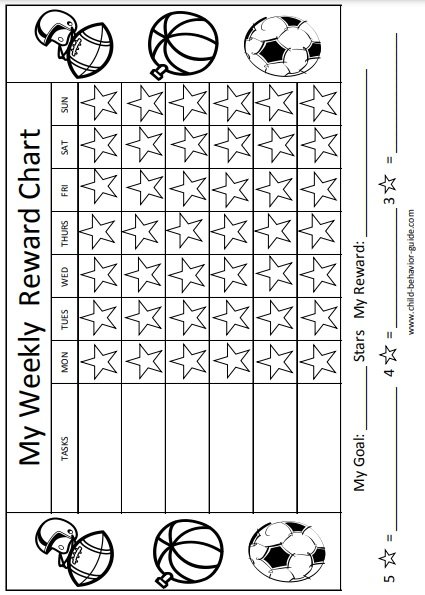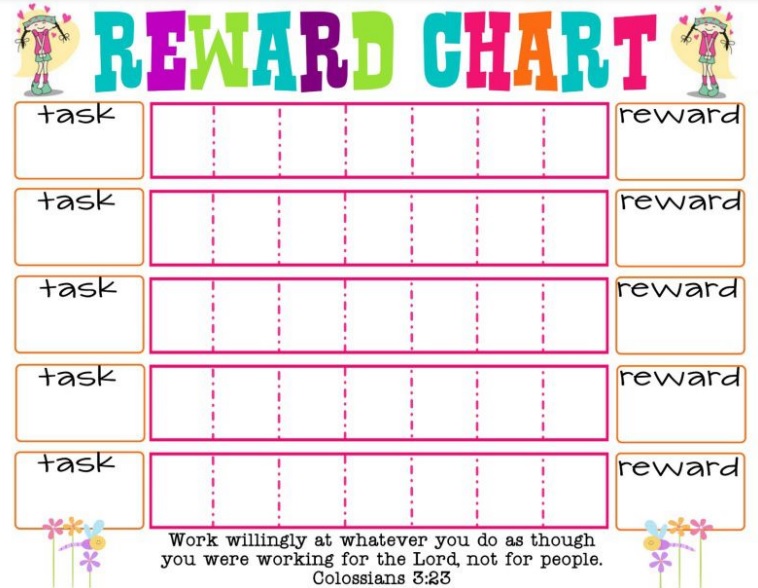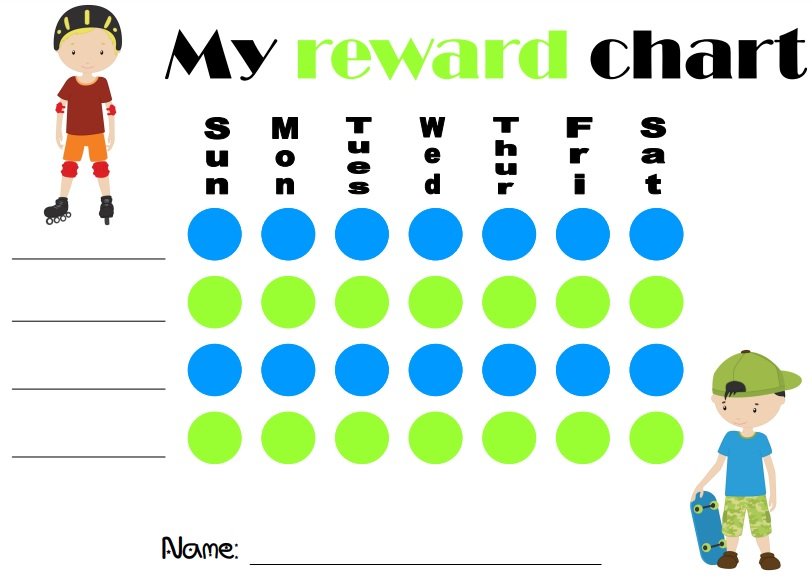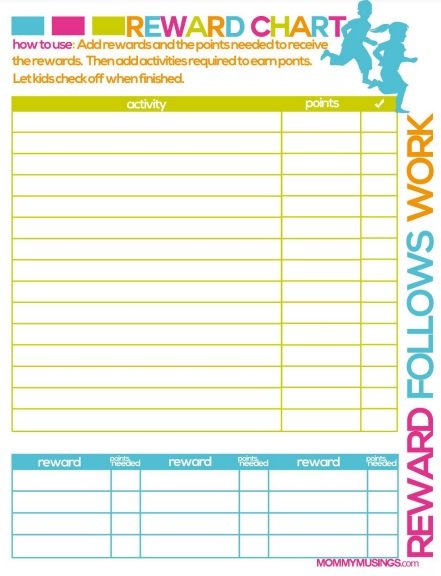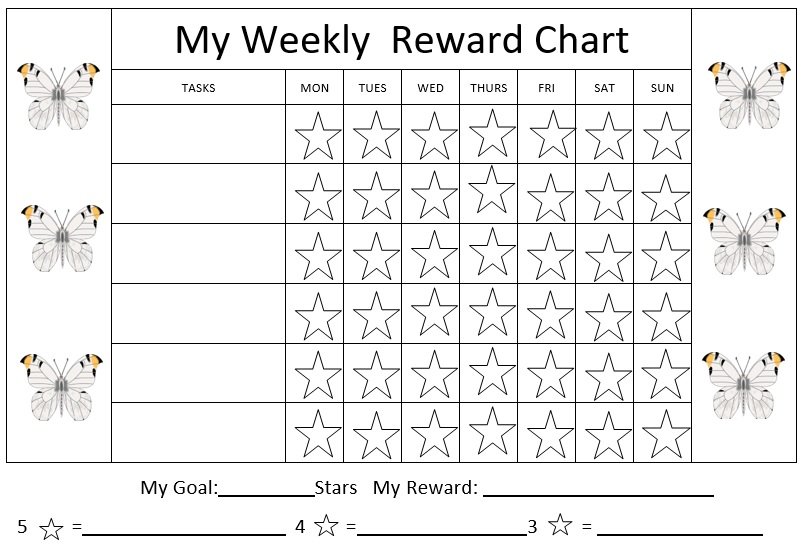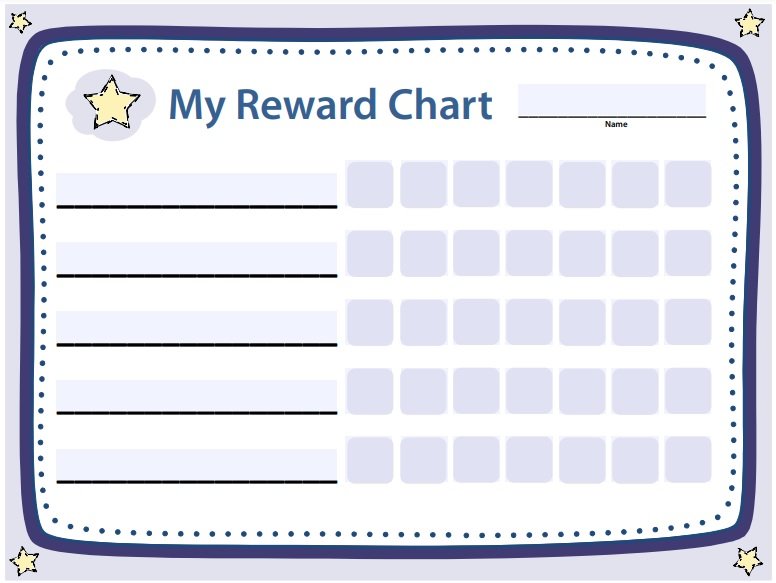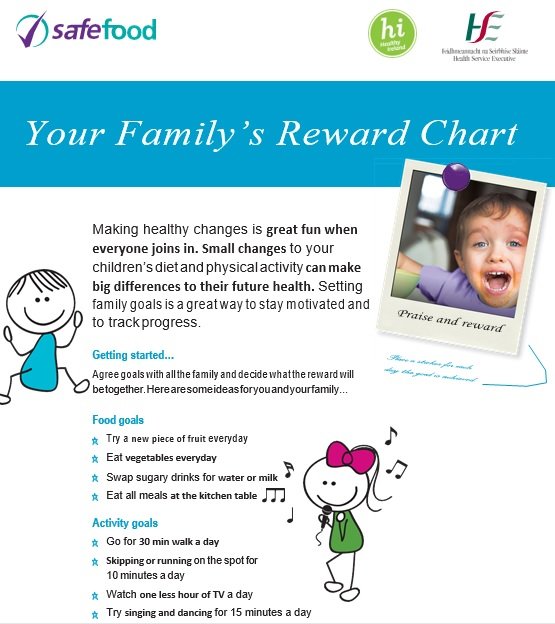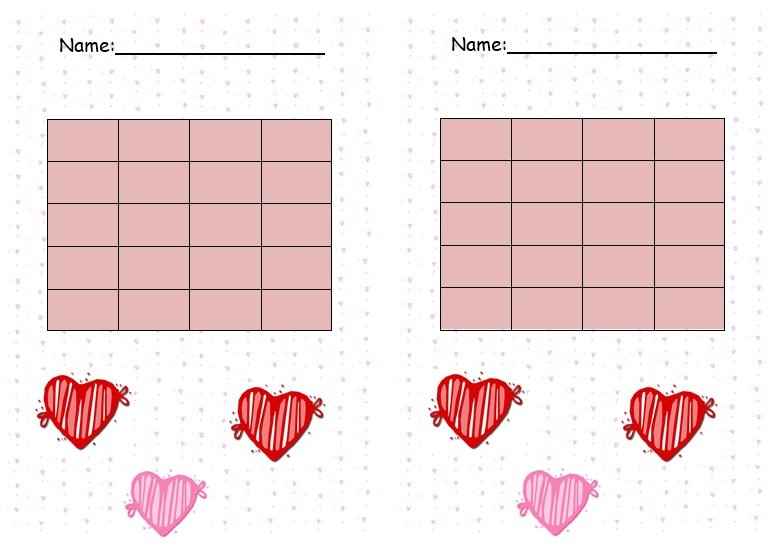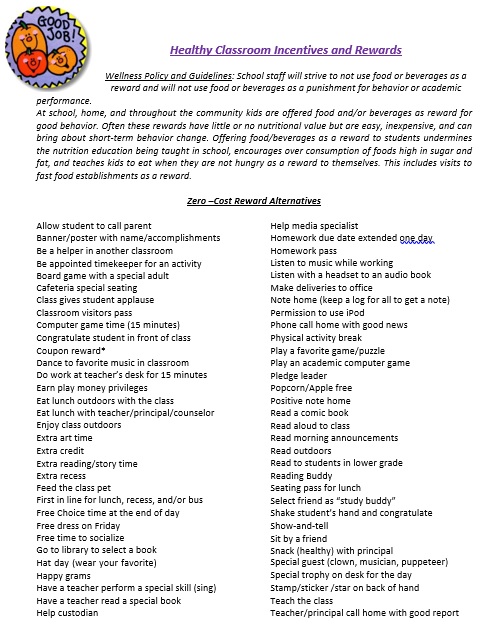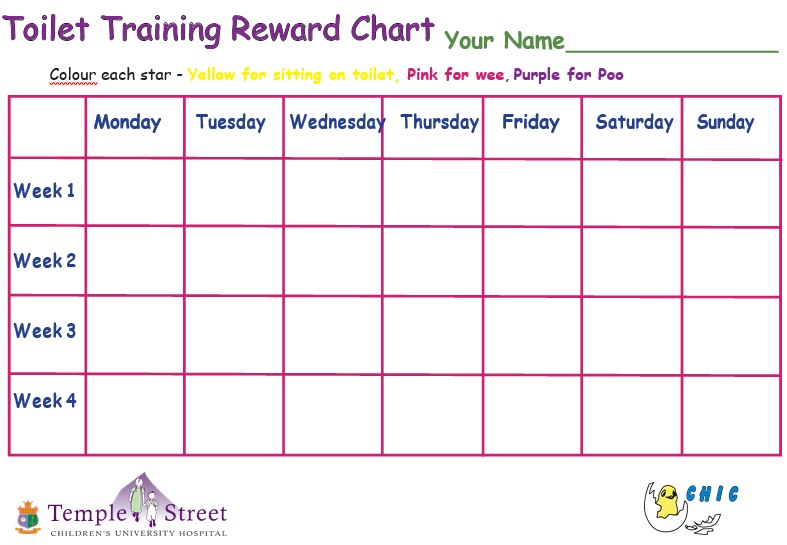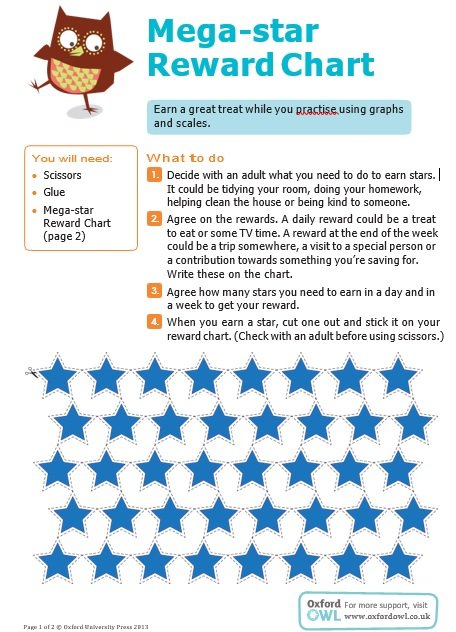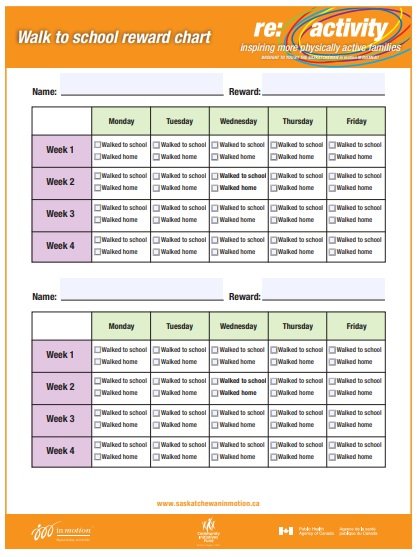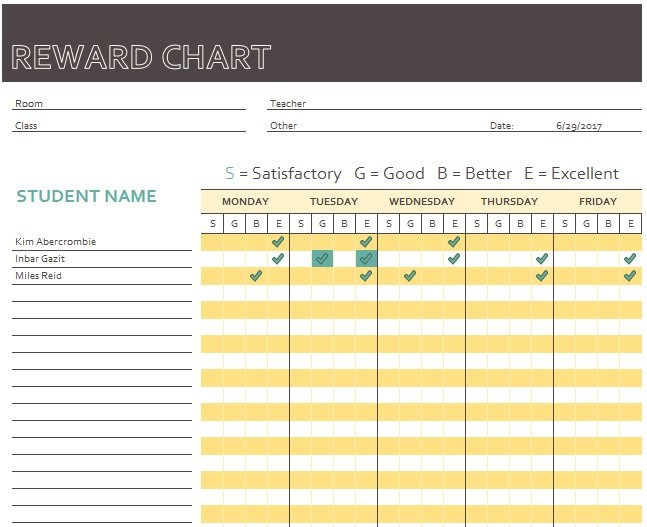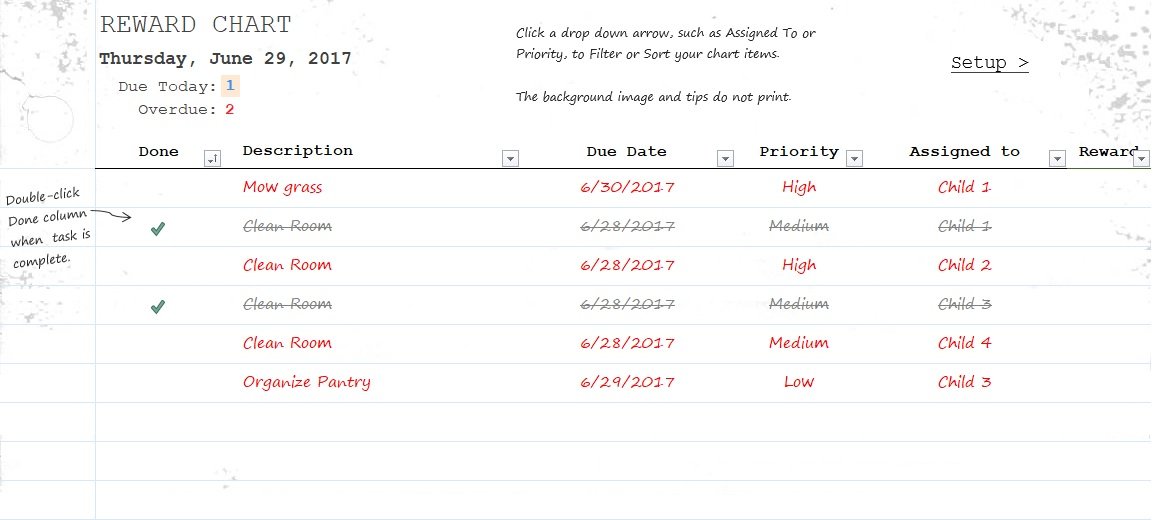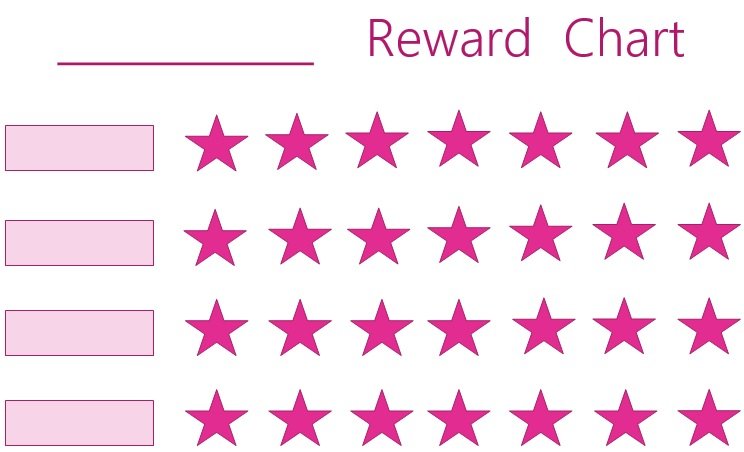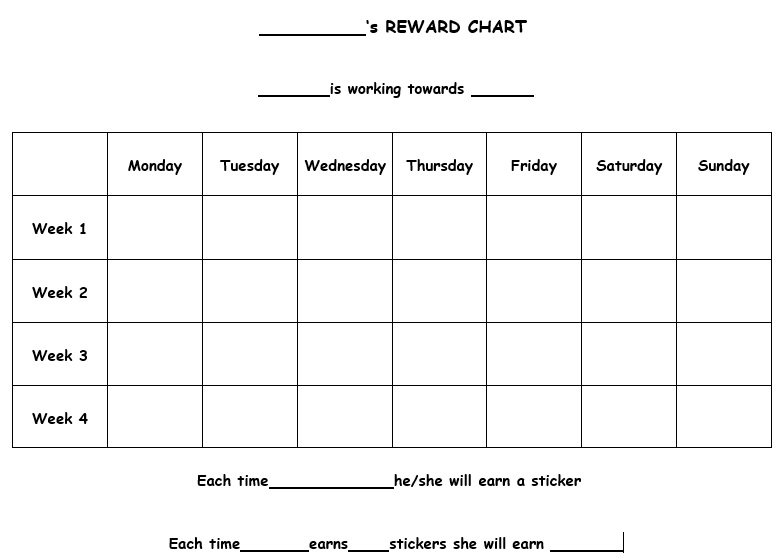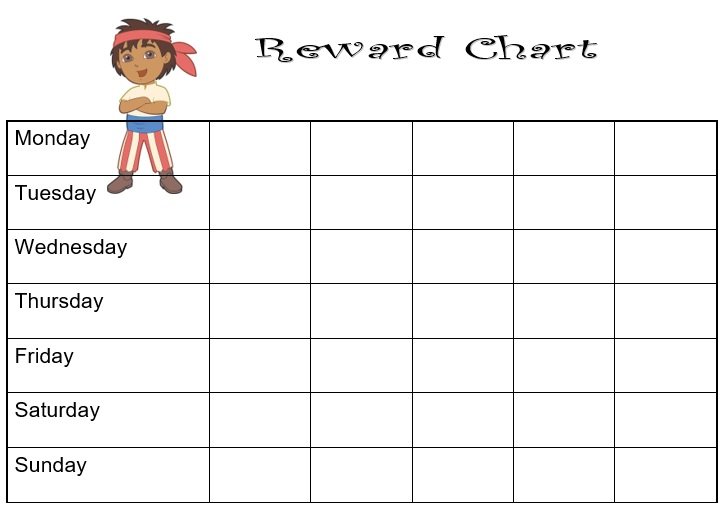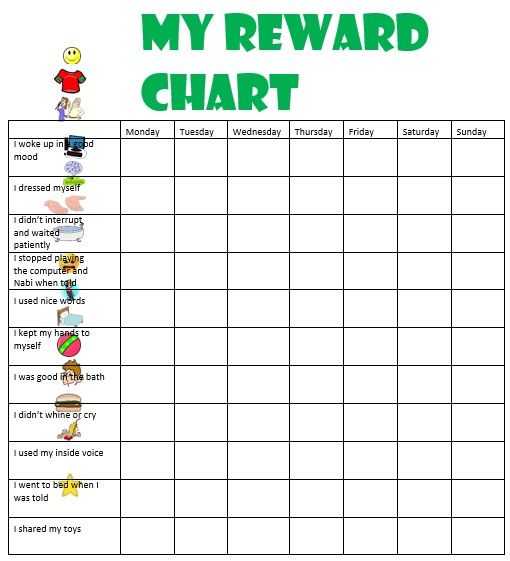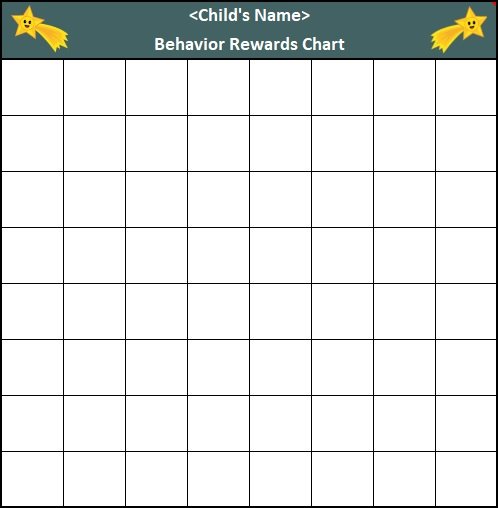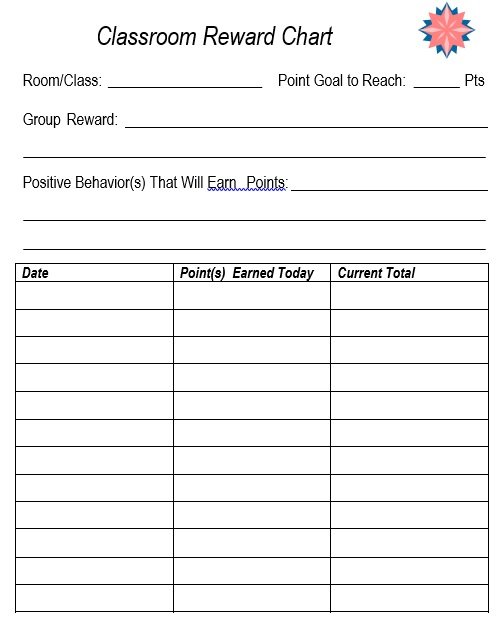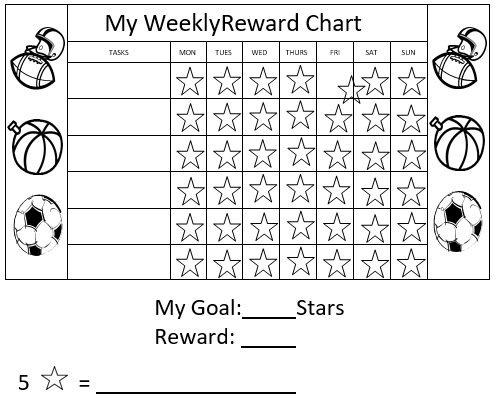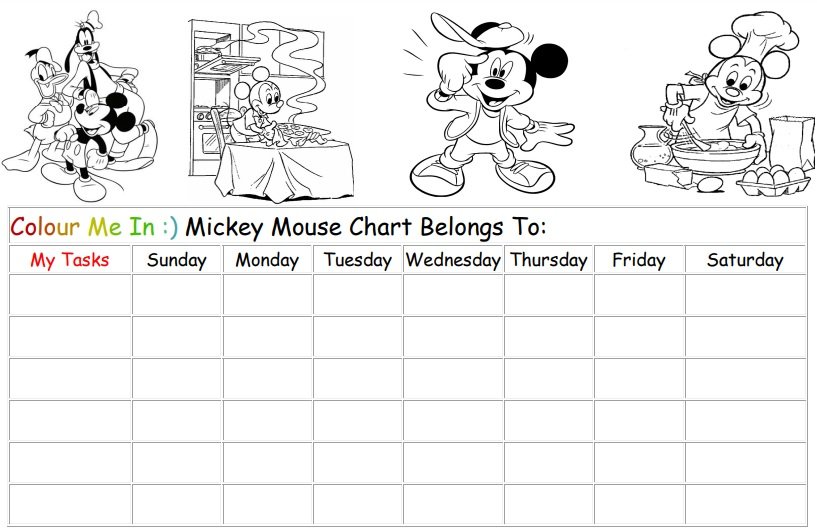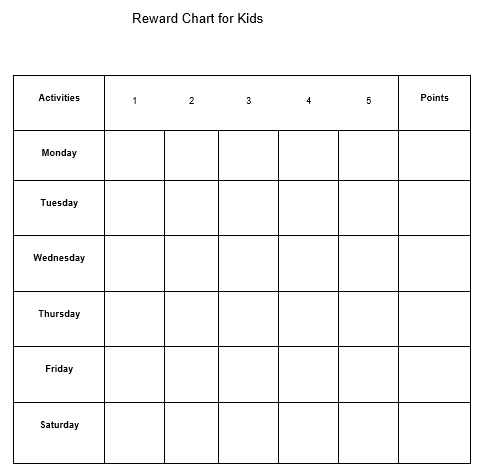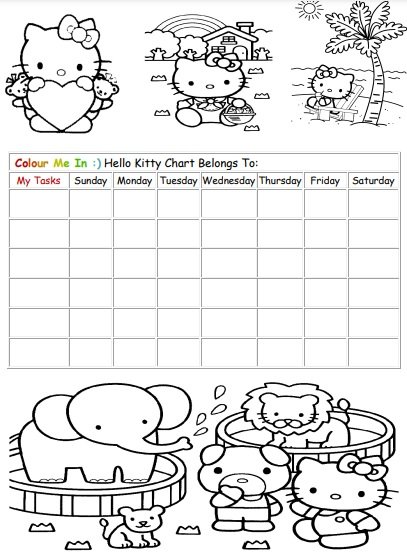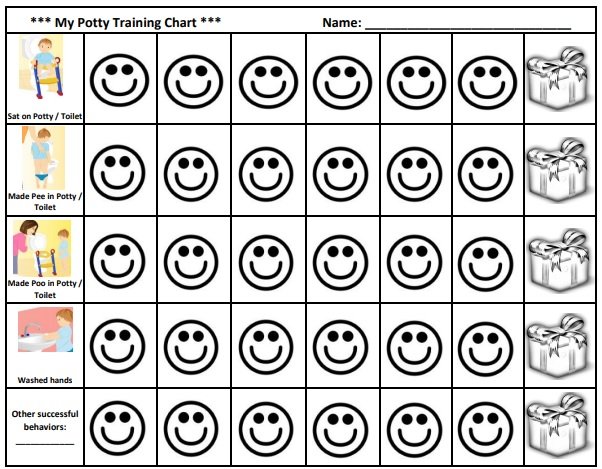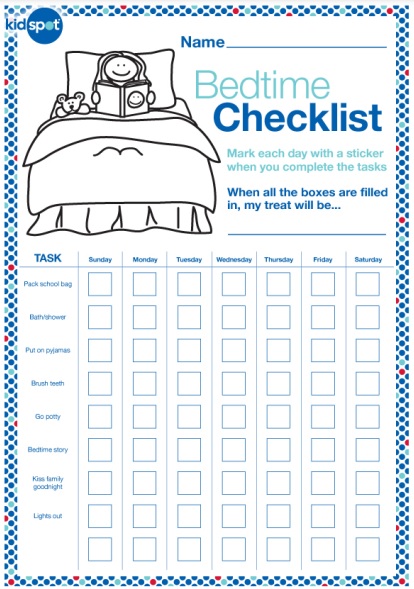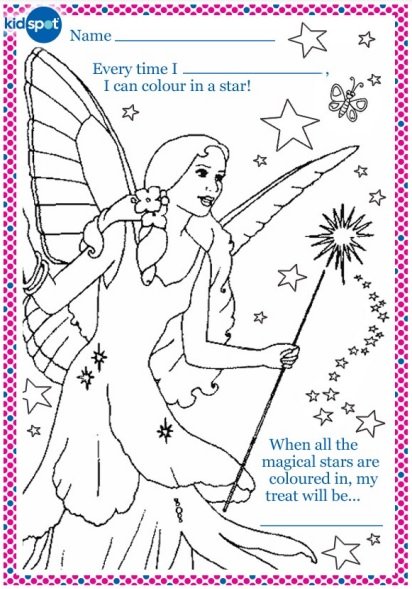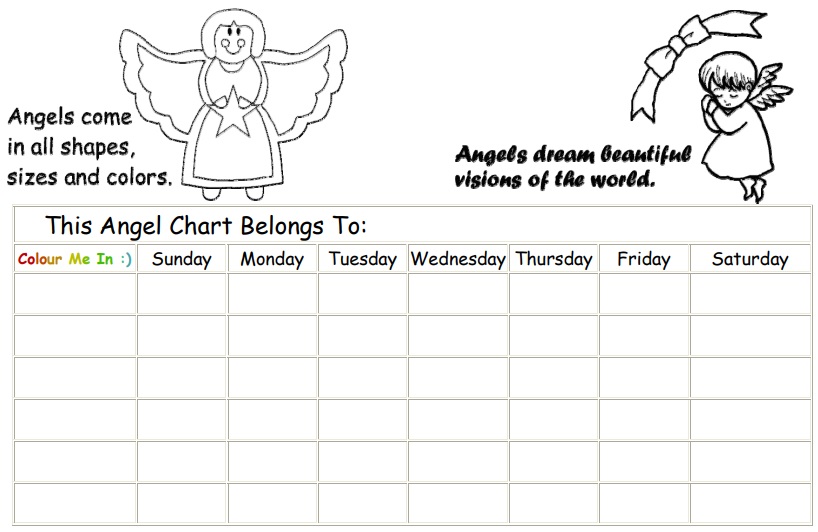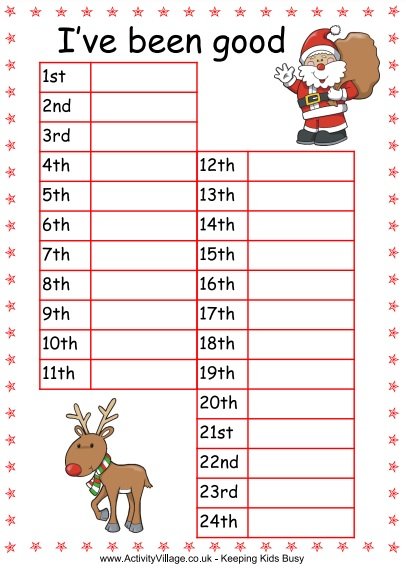A reward chart template is an effective tool that promotes positive behavior. Teachers, parents, and managers use it in school, at home, and for their teams. This chart is useful for children and also works best on children. It will only work if you use it in the accurate way.
Table of Contents
What is a reward chart?
A reward chart is a document used to change the behavior of children. For kids, it determines a specific goal or positive behavior that you think your child should achieve. This chart provides you a way that how your child progresses towards his behavior goal. In the reward chart template, you can place a sticker or some sort of symbol or chart whenever your child performs good behavior. After placing these things, you can provide your child a reward for his efforts. You may also like chore chart template.
How does reward chart work?
The main reason of using a reward chart is to when you want to change the behavior of your child. Each time, when your child behaves in a good way, your child will gather stickers, tokens, or positive symbols in the reward chart. Then, create another reward system in which you provide a reward on the basis of how many stickers the child has collected. These rewards serve as the reinforcement of positive behavior for your child.
If you want to change the negative behavior of your child then a reward chart is the best tool that gives a visual representation of how well your child is doing. This will also keep on motivating your child to keep on doing well. With the help of a reward chart, parents and teachers pay attention to the child’s positive behavior. If you get frustrated by your child’s negative behaviors then this chart can be very helpful.
How to set your reward chart?
Here are some pointers for setting up your reward chart;
Select a few behaviors that you want to change:
After selecting the behaviors you want to change, you should use positive and easy-to-understand statements to explain them. If you are trying to change the behavior of a younger child then this is very important.
Set up your chart:
You can involve your child in the process of designing the chart or selecting the indicators. Moreover, ask your older child to design his own chart. However, you have to create such an amazing chart that keeps your children excited and motivated.
Select a number of short-term rewards:
At the starting, most of the kids like small tokens or stickers as their reward. But later on, these incentives lose their appeal. Therefore, you should select a number of short-term rewards for them. This will make them feel happy and enthusiastic each time when they get these rewards.
Put the reward indicators right after they exhibit the good behavior:
You should put the reward indicators just after the child’s good behavior, this serves as positive reinforcement. By adding different kind of words and phrases, you can motivate your child to keep on performing the behavior to get all these great rewards.
Maintain positivity:
If some day your child isn’t receives any reward then you should still maintain positivity. You can end up rendering your chart and make all of your efforts useless if you punish your child for not showing the good behavior for that day. You should keep motivating your child and indicate that what behavior you want to see.
Don’t stick with the chart:
Never use the chart for long time. If you so this, your child gets bored and may lose interest in doing the behavior. So, if you see a consistent positive change in your child, phase out the chart gradually. You can also create another chart which focuses on different behavior.
How to use a reward chart as a positive tool?
Reward chart is the tool that teaches your child good values and good behaviors. Keep the following tips in the mind in order to get the most out of your reward chart;
- At first, have a conversation with your child about his behavior. Tell him that there are some negative behaviors that he should change and tell him why.
- Give example of a few of his “worst behaviors” that you want him to change through the reward chart. You have to work through these behaviors one by one for your younger children. This is because you don’t want to end up by confusing them.
- Show it to your child if you have already made the chart. You can also ask him to help you in the process of making the chart. When you have made the chart, explain them how the chart works. In addition, if your child assisted you in making the chart then ask him place the first star as a reward for helping you. By doing this, you can give them a sense of ownership, satisfaction, and achievement.
- Make an agreement in which you state that how many stars your child requires to get in a particular period of time to get rewarded.
- Also, mention the type of reward your children receive on the basis of stars they received in the amount of time you’ve set.
- Use the chart until you have seen a real change in your child’s behavior. If you observe the change in your child’s behavior then you can stop using the chart or edit it to attain a different goal.
- Keep your chart simple, measurable, achievable, and specific.
- You can also insert picture that can indicate the behavior you want to reinforce.
How to create a reward chart?
You can download a reward chart template online in case you don’t know how to make your own. You can edit them as per your requirements and the preferences of your child. However, consider the following ideas if you want to make your own chart;
Refrigerator magnets
On a piece of paper, print out a reward chart template. Then, buy a set of small-sized refrigerator magnets to stick it on your refrigerator. You can use them to appreciate a good behavior done by your child.
Drawing or stickers
In place of the magnets, you can also use drawings and stickers. You can use a reward chart printable or draw a chart or whatever you want. Every time when your child show something good then on the chart, draw a positive symbol or place a sticker on it.
Reward box or jar
Take an empty jar or box and then label it appropriately and keep aside different objects like marbles or small balls to show the rewards. When your child do something good, ask him to put one of the objects to the container.
Conclusion:
In conclusion, a reward chart template is a useful tool that helps you in changing your child’s negative behaviors. It identifies a particular goal that you want the child to achieve. It allows you to encourage, recognize, and reinforce positive behaviors in order to change the negative ones.
Faqs (Frequently Asked Questions)
Yes, these charts can work well autistic children or children with disability. You should tailor your chart according to your child’s requirements.
Advantage: these charts can motivate positive behaviors and make the children independent and allow them to become accountable for their actions.
Disadvantage: children expect a reward for their behavior constantly and when they aren’t get reward for longer time then it becomes difficult to motivate them.

